Photographer Peter Marlow celebrated by his Magnum colleagues
- Text by Jack Richardson
- Photography by Peter Marlow // Magnum Photos

It took a cruise ship and a borrowed portfolio to give Peter Marlow his first break in professional photography.
Once aboard as the ship’s photographer, having blagged an interview for the gig using photos his friend had taken, Marlow’s career moved from strength to strength to make him one of the titans of British photography.
Now, some five months after his death, an exhibition by Magnum Photos sets out to look back on his life and work.

G.B. ENGLAND. Liverpool. Waiting for the WRVS (Women’s Royal Voluntary Service) to arrive with lunch, Tower Hill, Kirkby. December 1986. © Peter Marlow // Magnum Photos
Born in Warwickshire in 1952, Marlow joined the Parisian Sygma photo agency in the early 1970s, but while on assignments for them in Northern Ireland and Lebanon he became disillusioned with photojournalism as a profession. “The stereotype of the concerned photojournalist disguised the disheartening reality of dog-eat-dog competition between photographers hunting fame at all costs,” Marlow once said.
It might seems surprising that someone so cynical would end up the twice-President of Magnum Photos. But then it appears Marlow was often one to take a step back and observe rather than shove himself and his work into the limelight. “I go for photography that overlays and enhances,” he said. A clear sense of the photographer just beyond the frame is present in his photos, which are personal, sensitive and witty.

Prisoner visits by friends and family. 1981. © Peter Marlow // Magnum Photos

G.B. ENGLAND. Liverpool. Scavenger on his way home with a bag full of copper wire to weigh in at a local scrap yard, Bidston Moss tip, Birkenhead. April 1985. © Peter Marlow // Magnum Photos
Alongside this comes his uncompromising power to see what others might miss, to “come out with pearls out of nothing,” as Magnum colleague Alex Majoli remembers. Natural viewpoints and easy, simple composition often feature, making Marlow’s work feel democratic regardless of the subject matter.
In order to commemorate their colleague’s life and work, Magnum photographers have each chosen a favourite image to be included in the exhibition, which will range from Marlow’s early photojournalism, his famous project Liverpool — Looking Out to Sea, to his personal documentation of his family.

GB. Windsor. Eton School. The Eton Wall Game, a vigorous hybrid of rugby union and football played since 1766 on Ascension Day between two opposing teams of students. © Peter Marlow // Magnum Photos
The exhibition subtitle, A Life in Photos, is far from an understatement. Marlow’s family photos are well-represented in his colleagues’ choices, and many note the odd experience of seeing his children and partner change as they worked backwards through his massive archive.
“It was a strange experience watching Fiona, Max, Theo and Felix grow younger, the children eventually ceasing to exist altogether. At certain ages the boys looked exactly the same, history seemingly repeating itself thrice over,” says Mark Power in the notes to his choice, which shows Max Marlow’s back covered in sprays of suncream.

GB. ENGLAND. London. Race Riots in Lewisham. Police making an arrest. 1977. © Peter Marlow // Magnum Photos
Marlow’s celebrated Liverpool is the source of some of his best known works, but some of the lesser known images took photographers by surprise when they looked through the complete set. The photograph of an elderly man, cigarette in hand, resting in an armchair within touching distance of a television showing a cartoon space shuttle is a classic example of what Chris Anderson calls Marlow’s “intelligence, humour and dignity.” A focus on personal stories (also shown in his many portraits) sit well with his “consistently gentle yet sharp observation,” as Chien-Chi Chang calls it.

JAPAN. Wakayama Project. Hotel staff bow to leaving visitors, as competition is so fierce Hotels try to be as hospitable as possible. 1998. © Peter Marlow // Magnum Photos
Being a giant in one of the world’s most respected photo agencies means one often has the freedom to go one’s own way, and while he was certainly informed by photojournalism, Marlow eschewed that title early in his career. Avoiding the traditional boundaries of that craft, Marlow’s freedom was to move to square format in the 1990s, working almost exclusively in this mode for over 20 years on a number of assignments and personal photographs. The format alone is often enough to distinguish a Peter Marlow photo, but the desire for simplicity pervades much of his composition and choice of subject matter.
Marlow’s photos wouldn’t necessarily inspire loud laughter, “but a warm smile,” says Thomas Hoepker. For those colleagues and friends left behind, that smile may provide some solace from the loss of such a towering figure in British photography.
Peter Marlow — A Life in Photos opens 22-26 July 2016 at Protein Studios.
Enjoyed this article? Like Huck on Facebook or follow us on Twitter.
Latest on Huck
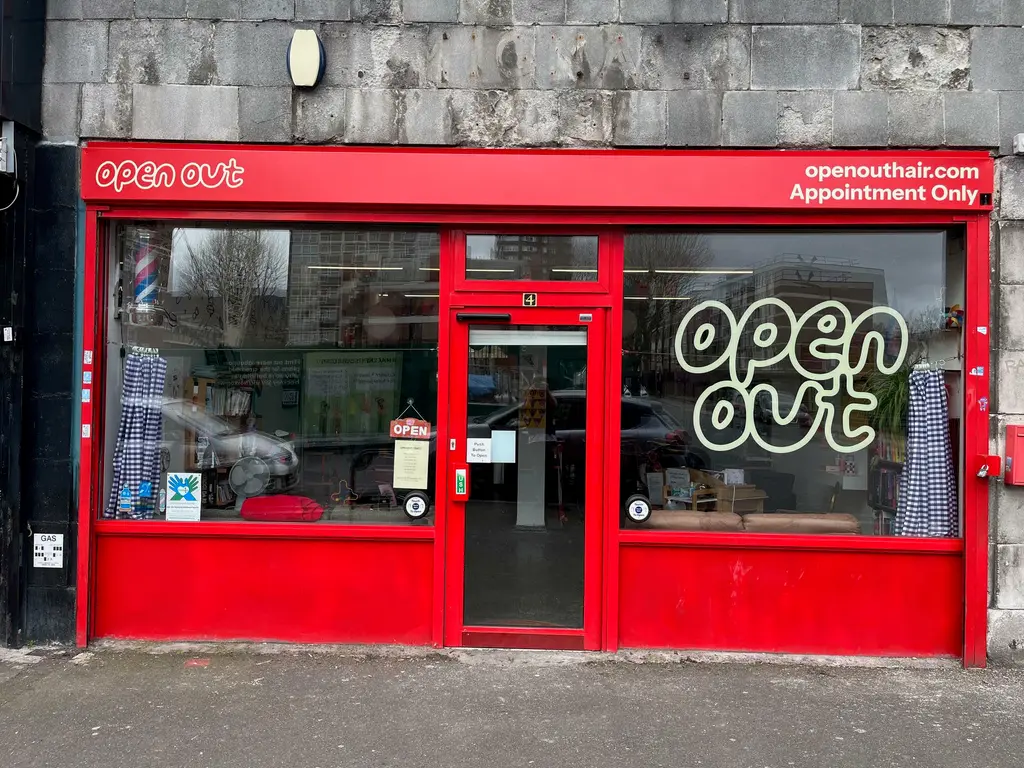
Meet the trans-led hairdressers providing London with gender-affirming trims
Open Out — Since being founded in 2011, the Hoxton salon has become a crucial space the city’s LGBTQ+ community. Hannah Bentley caught up with co-founder Greygory Vass to hear about its growth, breaking down barbering binaries, and the recent Supreme Court ruling.
Written by: Hannah Bentley
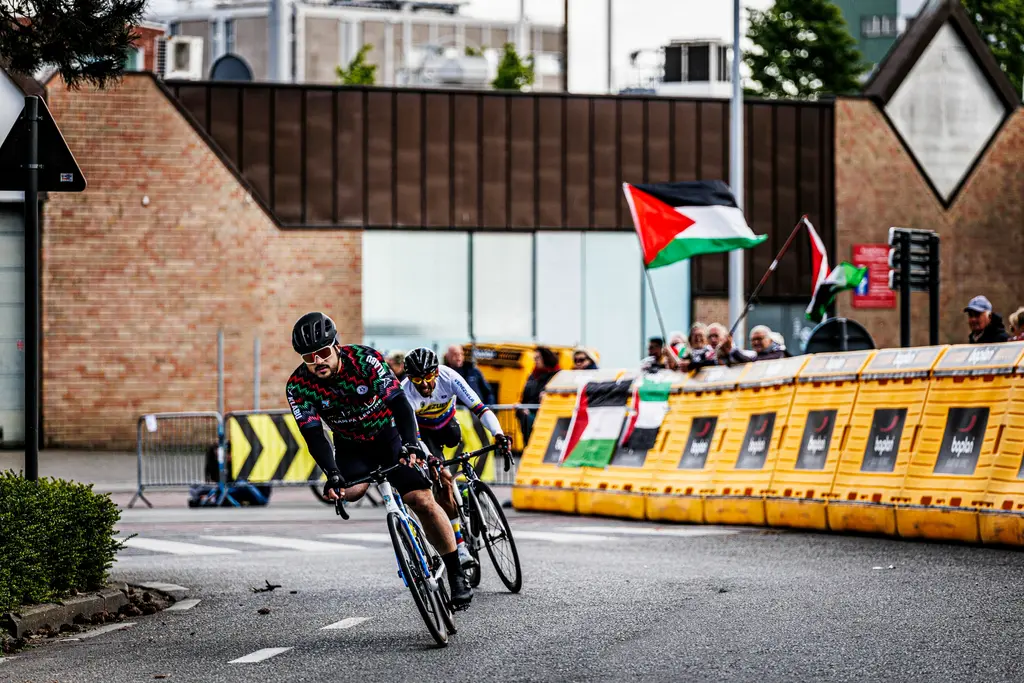
Gazan amputees secure Para-Cycling World Championships qualification
Gaza Sunbirds — Alaa al-Dali and Mohamed Asfour earned Palestine’s first-ever top-20 finish at the Para-Cycling World Cup in Belgium over the weekend.
Written by: Isaac Muk
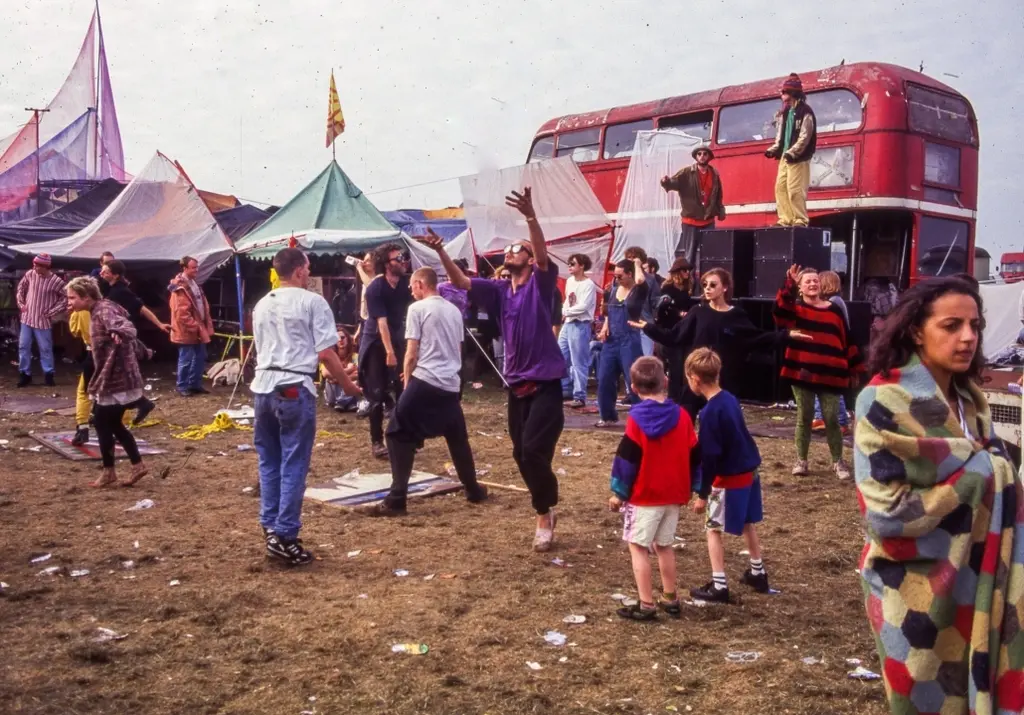
New documentary revisits the radical history of UK free rave culture
Free Party: A Folk History — Directed by Aaron Trinder, it features first-hand stories from key crews including DiY, Spiral Tribe, Bedlam and Circus Warp, with public streaming available from May 30.
Written by: Isaac Muk
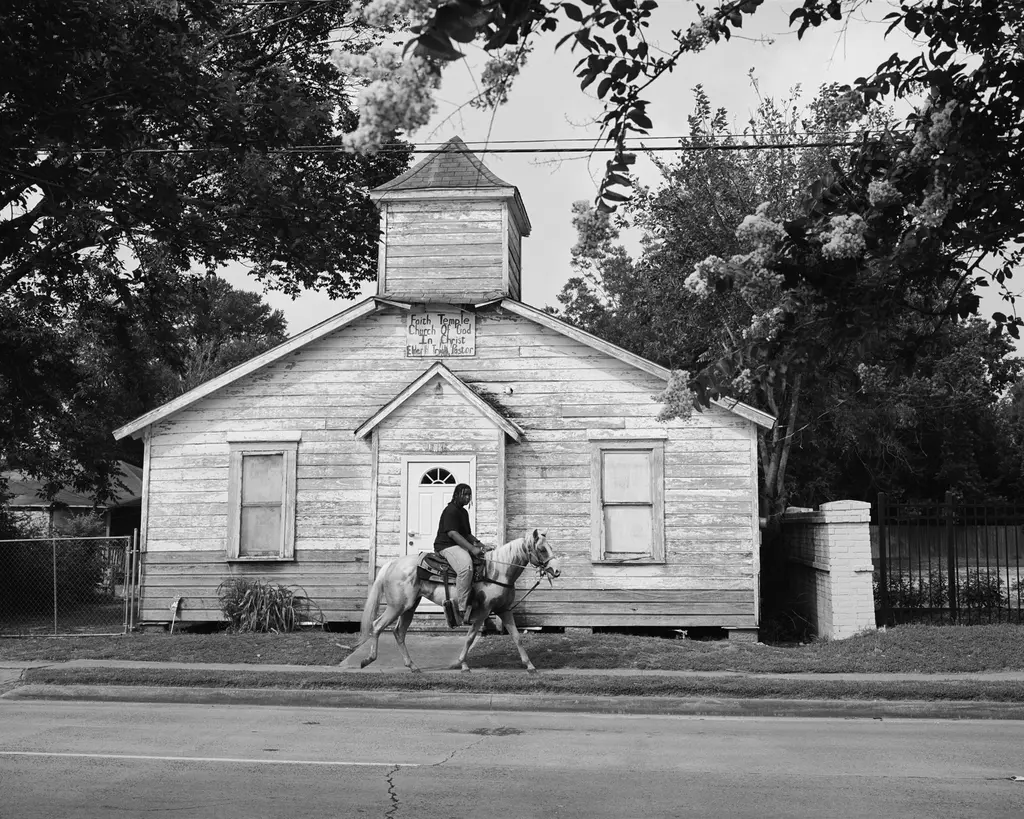
Rahim Fortune’s dreamlike vision of the Black American South
Reflections — In the Texas native’s debut solo show, he weaves familial history and documentary photography to challenge the region’s visual tropes.
Written by: Miss Rosen

Why Katy Perry’s space flight was one giant flop for mankind
Galactic girlbossing — In a widely-panned, 11-minute trip to the edge of the earth’s atmosphere, the ‘Women’s World’ singer joined an all-female space crew in an expensive vanity advert for Jeff Bezos’ Blue Origin. Newsletter columnist Emma Garland explains its apocalypse indicating signs.
Written by: Emma Garland
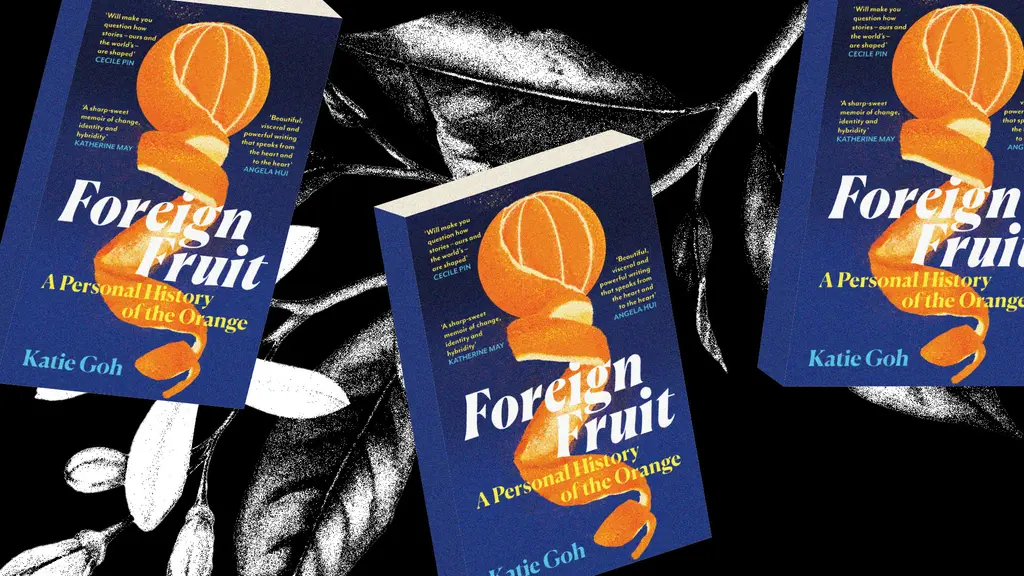
Katie Goh: “I want people to engage with the politics of oranges”
Foreign Fruit — In her new book, the Edinburgh-based writer traces her personal history through the citrus fruit’s global spread, from a village in China to Californian groves. Angela Hui caught up with her to find out more.
Written by: Katie Goh

